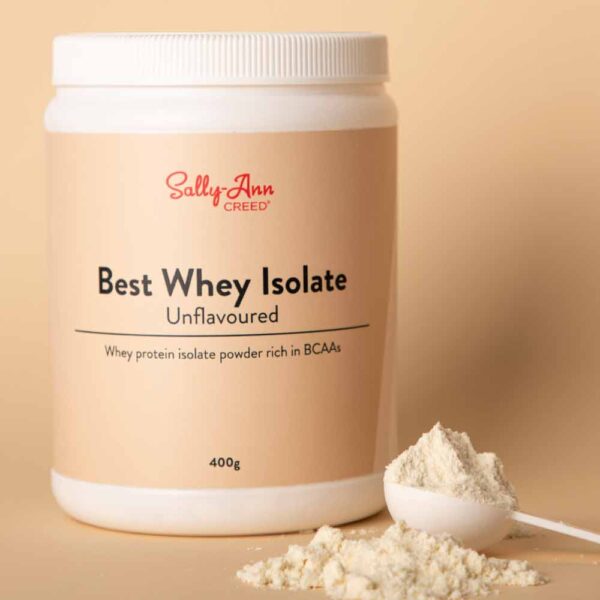You’ve heard of the Keto diet, but have you heard of the Keto Flu? The Keto diet is a high-fat, low-carbohydrate diet that limits glucose levels and leads to a production of ketones by the liver. The body then slowly switches from using carbs as fuel, to fats. Keto is often used for its health benefits – weight loss, cognitive and memory enhancement, type II diabetes, cancer, as well as various neurological and psychiatric disorders. However, it is important to note that many people suffer from something called “Keto Flu” after beginning the Keto diet. This generally occurs when you drastically and suddenly remove carbohydrates from your diet [1,2].
What is “Keto flu”?
Keto flu is a term used to describe common ketogenic diet side effects. A ketogenic diet is safe and has many health-promoting factors. It does, however, force the body to go through major changes. One of the major changes is switching your metabolism from being a “sugar burner” to a “fat burner”, thereby leading to a withdrawal from sugar and carbohydrates [3]. This is the metabolic process of ketosis [2].
Common symptoms of the keto flu [1,2,3]:
- Low energy
- Cravings for carbs and sugar
- Brain fog
- Constipation/ diarrhoea
- Headache
- Intestinal pain and bloating
- Muscle cramps and weakness
What causes the keto flu?
Your body typically uses up your stored glucose within a couple of days of starting Keto, and will then go searching for other fuel sources. This is when ketosis begins, and ketone bodies will start to be produced with the assumption that you are either fasting or eating a high amount of fat. Once you have finally become “keto-adapted” you will no longer struggle with the keto side effects anymore [3].
What to do for the keto flu?
- Start slowly: When making any dietary changes, start slowly and ease yourself into it. The best approach would be to slowly start to decrease your carbohydrate intake and allow your body the time to adjust. Do it over a period of a week and then you can move fully into the keto diet [2].
- Stay hydrated: Dehydration and a loss of minerals is a MASSIVE factor of the keto flu. Drinking enough water is especially important if you experience keto flu symptoms like vomiting or diarrhoea, since this will cause you to lose fluids. You should also increase your consumption of hydrating foods like vegetables, bone broths, or green juices. Water is a critical component of Keto, so try to drink a glass of water every 1–2 hours. If your urine is dark yellow, this means you need to drink more water [3].
- Don’t neglect your electrolytes: Electrolytes regulate muscle contractions and keep you hydrated. They also help balance your pH levels (the measure of acidity and alkalinity) and control nervous-system function. When hydrating, make sure to add plenty of electrolytes like salt, potassium, and magnesium. This can minimize muscle cramps and nausea. You can increase your electrolyte intake through sport drinks and taking other rehydrate solutions [2]. These foods also help with electrolyte replacement:
- spinach
- kale
- avocados
- broccoli
- beans
- almonds
- peanuts
- strawberries
- watermelon
- oranges
- bananas
- milk
- buttermilk
- yogurt
- fish
- turkey
- chicken
- veal
- raisins
- olives
- tomatoes
- Consume more healthy fats: When you start a keto diet, the intake of healthy fats is crucial. Increasing your intake of healthy fats can assist in speeding up the transition to burning fat for fuel [2].
- Stay active and engage in light exercises: Exercising when feeling nauseous or sore can be the least appealing thing on the planet. However, doing some light exercises such as walking outdoors, yoga, or light cycling can help relieve muscle pain and tension [2,3].
- Get plenty of rest: If you find yourself struggling to fall asleep or stay asleep, try taking an Epsom salt bath or supplementing with magnesium. This will help soothe and relax your muscles, as well as increase your electrolyte absorption.
Keto flu isn’t very pleasant, but if you follow these suggestions, it should pass soon. Remember, everyone’s body deals with the keto diet differently, so listen to your body and act accordingly. Consult with your doctor or request nutrition counselling with a dietitian to discuss any concerns you may have with the diet [2].
References:
[1] https://www.ncbi.nlm.nih.gov/pmc/articles/PMC7082414/
[2] https://intermountainhealthcare.org/blogs/topics/live-well/2018/03/beware-the-keto-flu/
[3] https://draxe.com/nutrition/keto-flu-symptoms/







